You should track HRV because it reveals your autonomic nervous system’s recovery status, indicating when you’re ready for intense workouts or need rest. Higher HRV reflects parasympathetic dominance and better recovery, while decreased scores signal incomplete recovery and overtraining risk. HRV changes can be detected within two minutes post-exercise, allowing you to adjust training intensity and prevent injury. Morning HRV measurements provide reliable data for making smart training decisions that’ll optimize your performance and recovery strategies.
Understanding How HRV Reflects Your Body’s Recovery Status
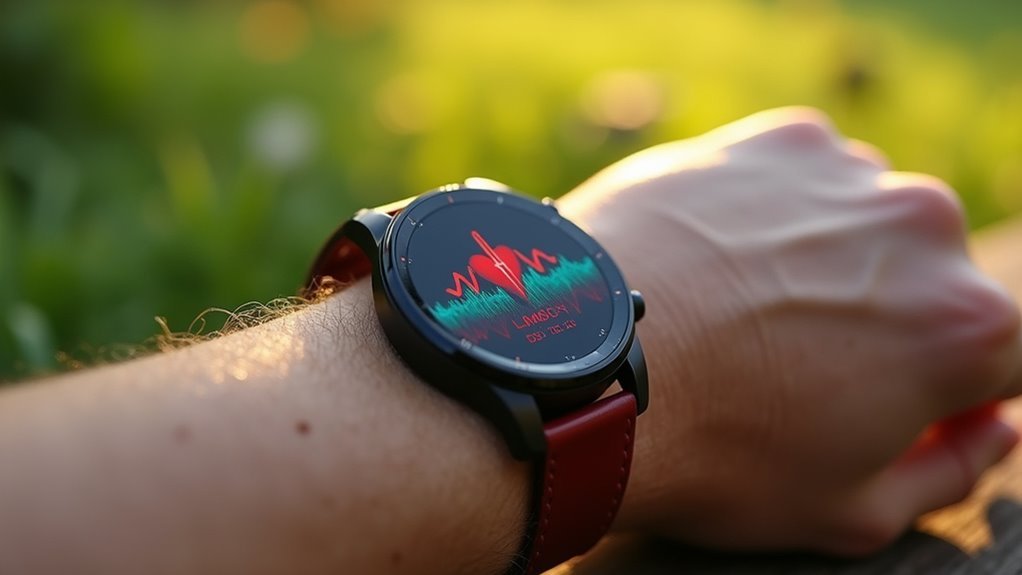
When you finish an intense workout, your heart rate variability serves as a window into your autonomic nervous system’s recovery process. Higher HRV indicates greater parasympathetic dominance—your body’s “rest-and-digest” mode that promotes recovery.
You’ll notice HRV changes within just two minutes after exercise, making it incredibly sensitive for tracking early recovery status. Your HRV won’t fully return to baseline within 30 minutes, showing ongoing autonomic adjustments.
The first hour sees major shifts in high-frequency components, reflecting parasympathetic recovery. When HRV remains suppressed, it signals incomplete recovery and potential overtraining risk. Monitoring your HRV helps you understand how your body handles stress from training efforts, allowing you to optimize your recovery strategy.
The Science Behind HRV Changes After Intense Training Sessions
After intense training pushes your cardiovascular system to its limits, your autonomic nervous system initiates a complex cascade of physiological responses that directly influence HRV patterns. Higher exercise intensity triggers slower HRV recovery, reflecting your body’s stress response and sympathetic dominance. Your parasympathetic activity – measured through RMSSD and pNN50% – gradually returns as recovery progresses.
| Recovery Phase | HRV Response | Duration |
|---|---|---|
| Immediate Post-Exercise | Decreased RMSSD, elevated LF/HF ratio | 0-30 minutes |
| Early Recovery | Gradual parasympathetic return | 30 minutes-2 hours |
| Complete Recovery | Baseline HRV restoration | 2-24 hours |
Environmental factors considerably impact this process. Hot, humid conditions slow your HRV recovery compared to cooler environments. Regular monitoring helps you identify prolonged recovery times, which may signal overtraining and need for intervention. For optimal accuracy, HRV measurements should be taken in a fasted morning state when your body is most physiologically stable.
Using HRV Data to Optimize Your Training Schedule and Intensity
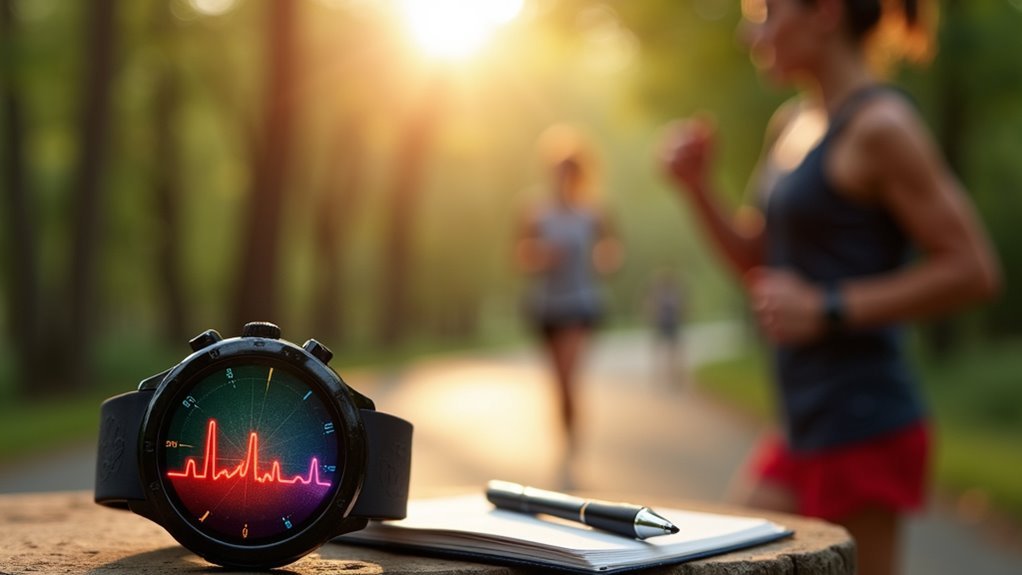
Since your HRV data reveals how well you’ve recovered from previous training sessions, you can strategically adjust your workout intensity and scheduling to maximize performance gains while minimizing overtraining risk.
When your HRV scores are within or above your normal range, you’re ready for high-intensity workouts. However, when scores drop below normal, it’s time to dial back intensity or take a recovery day.
This HRV-guided approach allows for flexible scheduling that adapts to your body’s daily recovery status. You’ll avoid consecutive high-intensity sessions that could lead to overtraining while ensuring you push hard when your body’s ready. Morning measurements provide the most reliable HRV readings for making these daily training decisions.
Research shows this personalized method achieves better outcomes with lower overall training loads, leading to greater increases in aerobic power and reduced injury risk.
Commercial HRV Devices and Tools for Everyday Athletes
Today’s market offers everyday athletes numerous commercial HRV tracking options, from dedicated devices like the Whoop Strap to extensive sports watches from Garmin, Suunto, and Coros. Each device takes a distinct approach to HRV monitoring.
Coros provides immediate recovery feedback, while Garmin and Suunto emphasize longer-term trend analysis. Whoop Strap has proven effective in military studies for evaluating HRV metrics and performance prediction.
Different HRV devices serve distinct purposes: Coros offers instant feedback, Garmin and Suunto focus on trends, while Whoop excels in performance prediction.
You’ll find these devices track common metrics like rMSSD and SDNN, delivering personalized recovery insights. While accuracy varies between devices, each creates device-specific baselines that normalize measurement differences.
The key to reliable data isn’t finding the “perfect” device—it’s choosing one that aligns with your training philosophy and using it consistently for meaningful recovery evaluations. Recent validation studies show that OURA device demonstrates strong accuracy for HRV measurements with a concordance correlation coefficient of 0.91 when compared to medical-grade equipment.
Preventing Overtraining and Injury Through HRV Monitoring
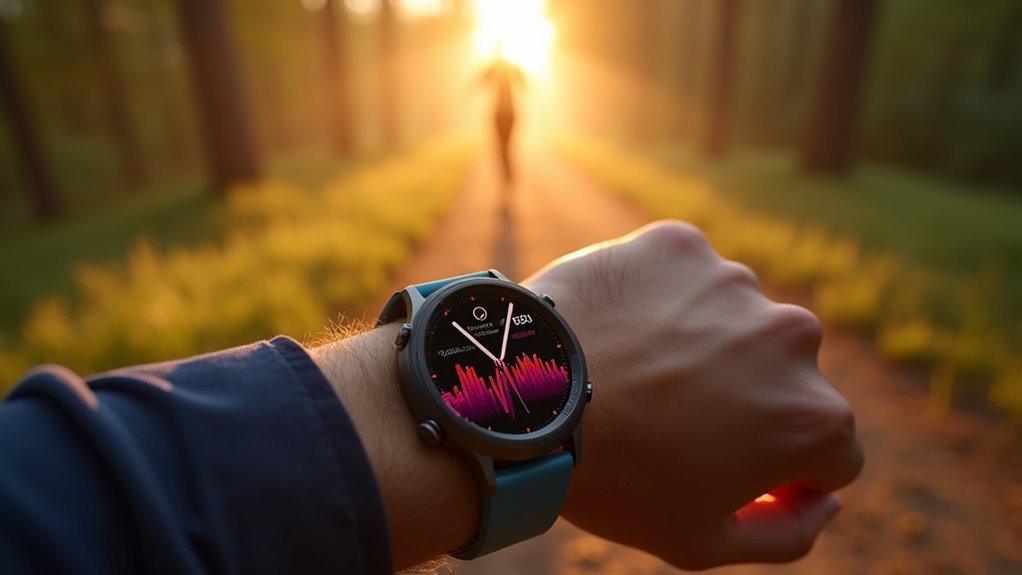
While selecting the right HRV device sets the foundation for meaningful data collection, the real value emerges when you leverage this information to safeguard your training.
HRV monitoring acts as an early warning system, detecting overtraining risks before symptoms become obvious. When your HRV drops suddenly or stays consistently low, it’s signaling that your autonomic nervous system is struggling with recovery.
You can prevent overtraining syndrome by adjusting your training intensity based on these physiological signals rather than pushing through fatigue. Low HRV also indicates compromised neuromuscular coordination, which increases injury risk. High HRV correlates with better recovery capacity and reduced overtraining risk.
Frequently Asked Questions
Can Diet and Hydration Levels Affect My Daily HRV Measurements?
Yes, your diet and hydration greatly affect daily HRV measurements. High-carb meals can decrease HRV, while omega-3s and proper hydration support it. Dehydration reduces HRV by impacting cardiovascular function and recovery.
How Does Sleep Quality Impact HRV Readings the Following Day?
Poor sleep quality directly lowers your HRV the following day by increasing sympathetic nervous system activity and reducing parasympathetic recovery. You’ll see decreased morning HRV readings after fragmented or insufficient sleep.
Should I Measure HRV at the Same Time Each Day?
Yes, you should measure HRV at the same time daily, preferably early morning after waking. This consistency controls for circadian rhythms and daily variables, ensuring you’re comparing reliable data for accurate recovery monitoring.
Does Age or Gender Influence Baseline HRV Values Significantly?
Yes, both age and gender greatly influence your baseline HRV values. You’ll see HRV decrease with age, while gender differences are pronounced when you’re younger but diminish after age 50.
Can Stress From Work or Relationships Lower My HRV Scores?
Yes, stress from work or relationships can considerably lower your HRV scores by reducing parasympathetic activity and increasing sympathetic dominance, which negatively affects your autonomic nervous system’s balance.
In Summary
You’ll revolutionize your training by tracking HRV daily. It’s not just another fitness metric—it’s your body’s direct communication about recovery status. You can prevent overtraining, optimize workout intensity, and reduce injury risk by listening to what your autonomic nervous system’s telling you. With affordable devices now available, there’s no excuse not to start monitoring. Make HRV tracking your secret weapon for consistent progress and improved athletic performance.

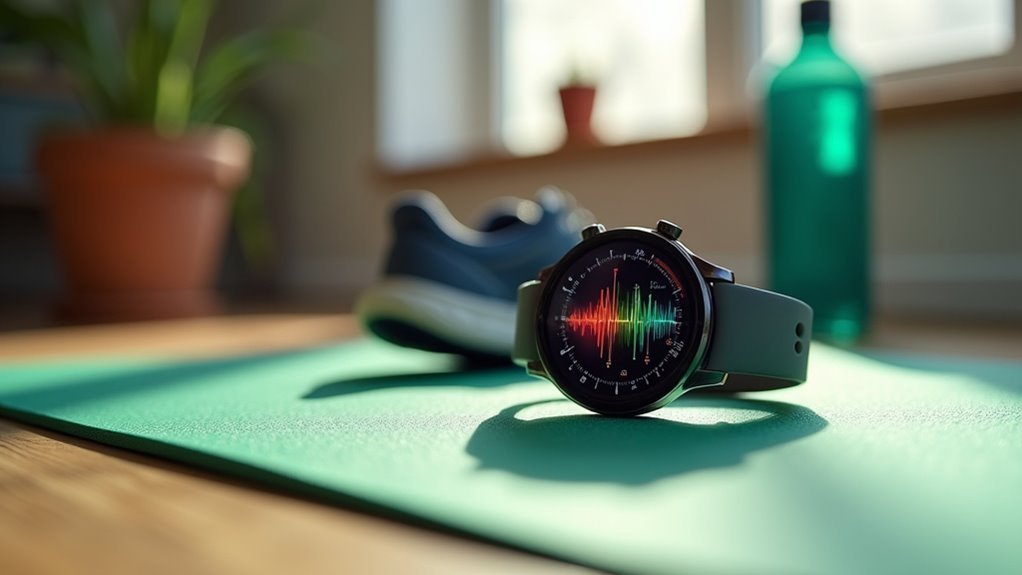
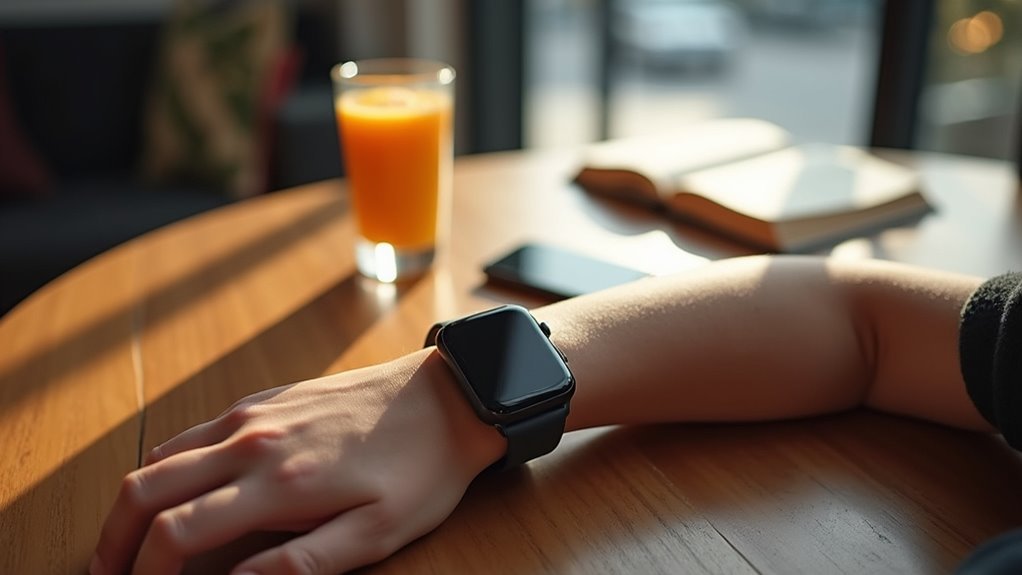
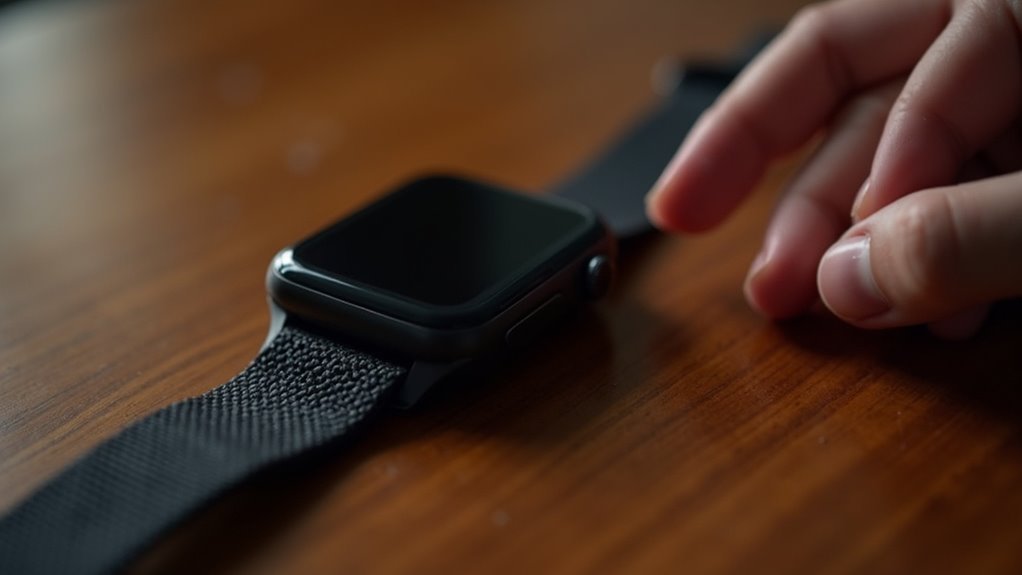

Leave a Reply